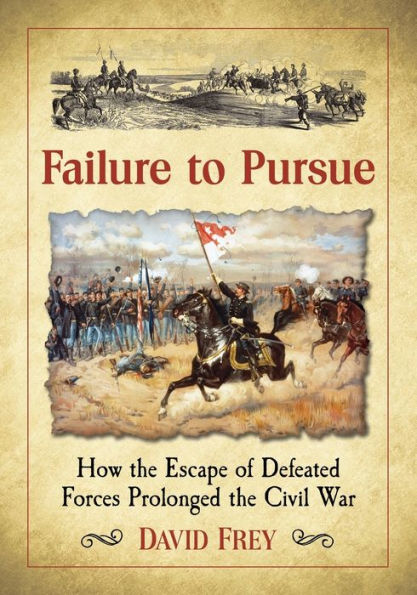Was the Civil War preordained to last four years or were there reasons why neither side could land a knockout punch? From the outset, both North and South had anticipated a brief conflict but despite more than 50 bloody battles neither could force a decisive conclusion. For most of the war, these battles followed a pattern: the victors claimed the field and the vanquished retreated to rest, resupply and fight another day.
Some generals began to realize that pursuit to capture or destroy the retreating enemy was needed to end the war--not an easy task. Taking a fresh look at the tactics that characterized many major combat actions in the war, this book examines the performance of unsuccessful (sometimes insubordinate) commanders and credits two generals with eventually seeing the need for organized pursuit.
Was the Civil War preordained to last four years or were there reasons why neither side could land a knockout punch? From the outset, both North and South had anticipated a brief conflict but despite more than 50 bloody battles neither could force a decisive conclusion. For most of the war, these battles followed a pattern: the victors claimed the field and the vanquished retreated to rest, resupply and fight another day.
Some generals began to realize that pursuit to capture or destroy the retreating enemy was needed to end the war--not an easy task. Taking a fresh look at the tactics that characterized many major combat actions in the war, this book examines the performance of unsuccessful (sometimes insubordinate) commanders and credits two generals with eventually seeing the need for organized pursuit.

Failure to Pursue: How the Escape of Defeated Forces Prolonged the Civil War
412
Failure to Pursue: How the Escape of Defeated Forces Prolonged the Civil War
412
Product Details
| ISBN-13: | 9781476666693 |
|---|---|
| Publisher: | McFarland & Company, Incorporated Publishers |
| Publication date: | 11/01/2016 |
| Pages: | 412 |
| Product dimensions: | 7.00(w) x 10.00(h) x 1.00(d) |
| Age Range: | 18 Years |
